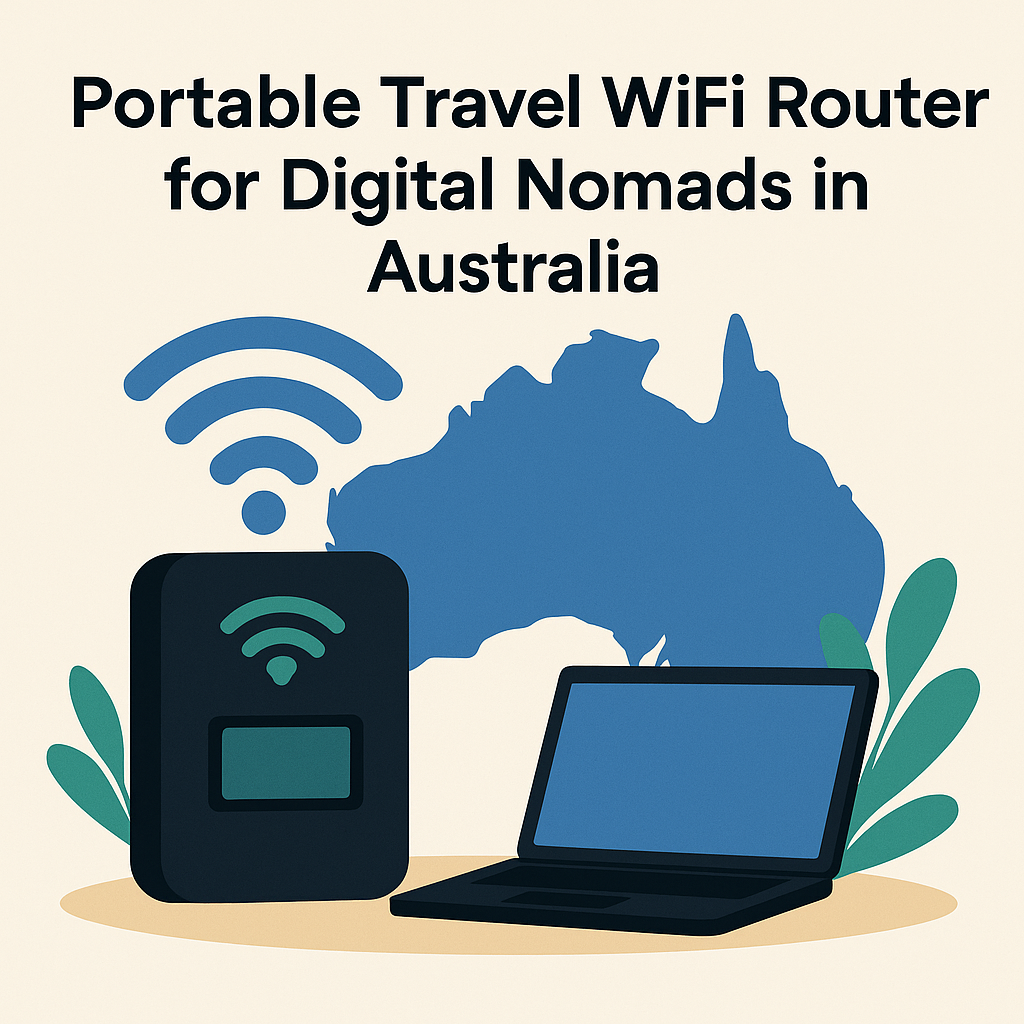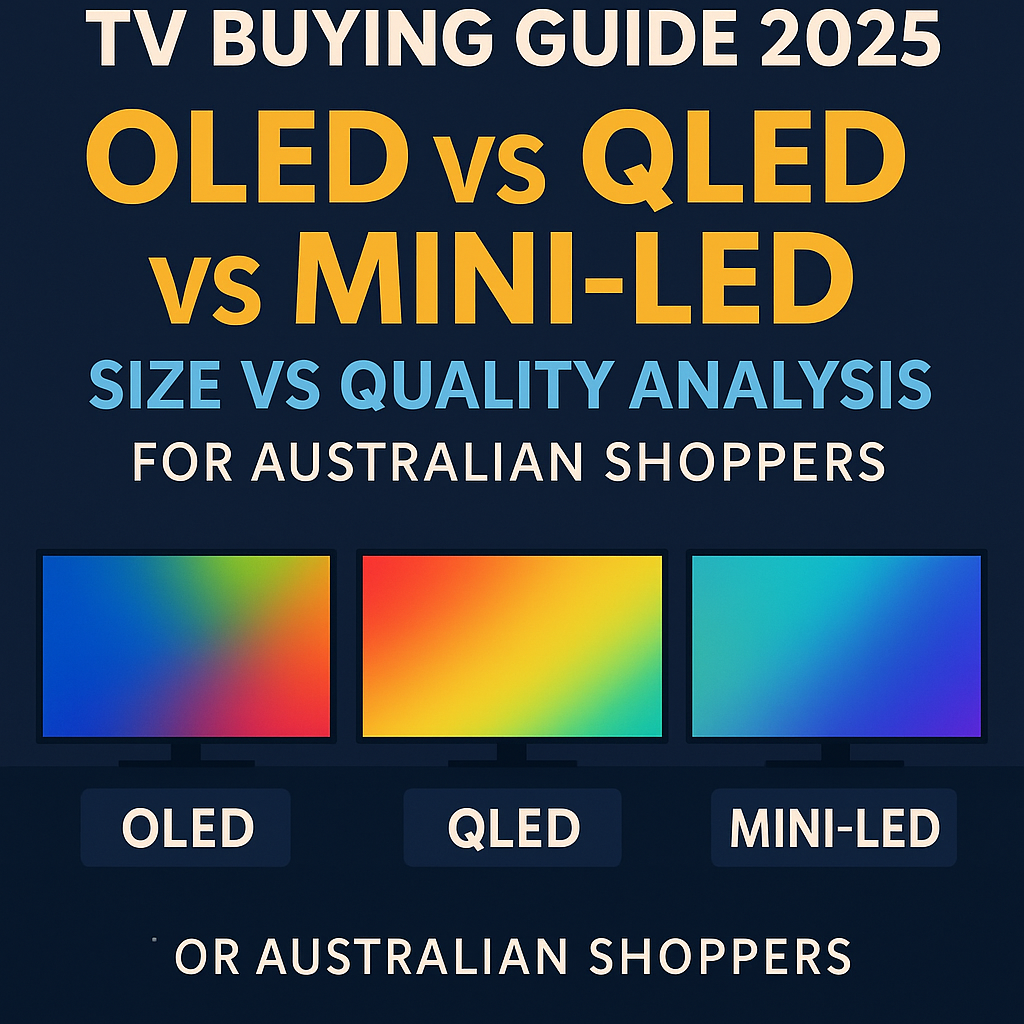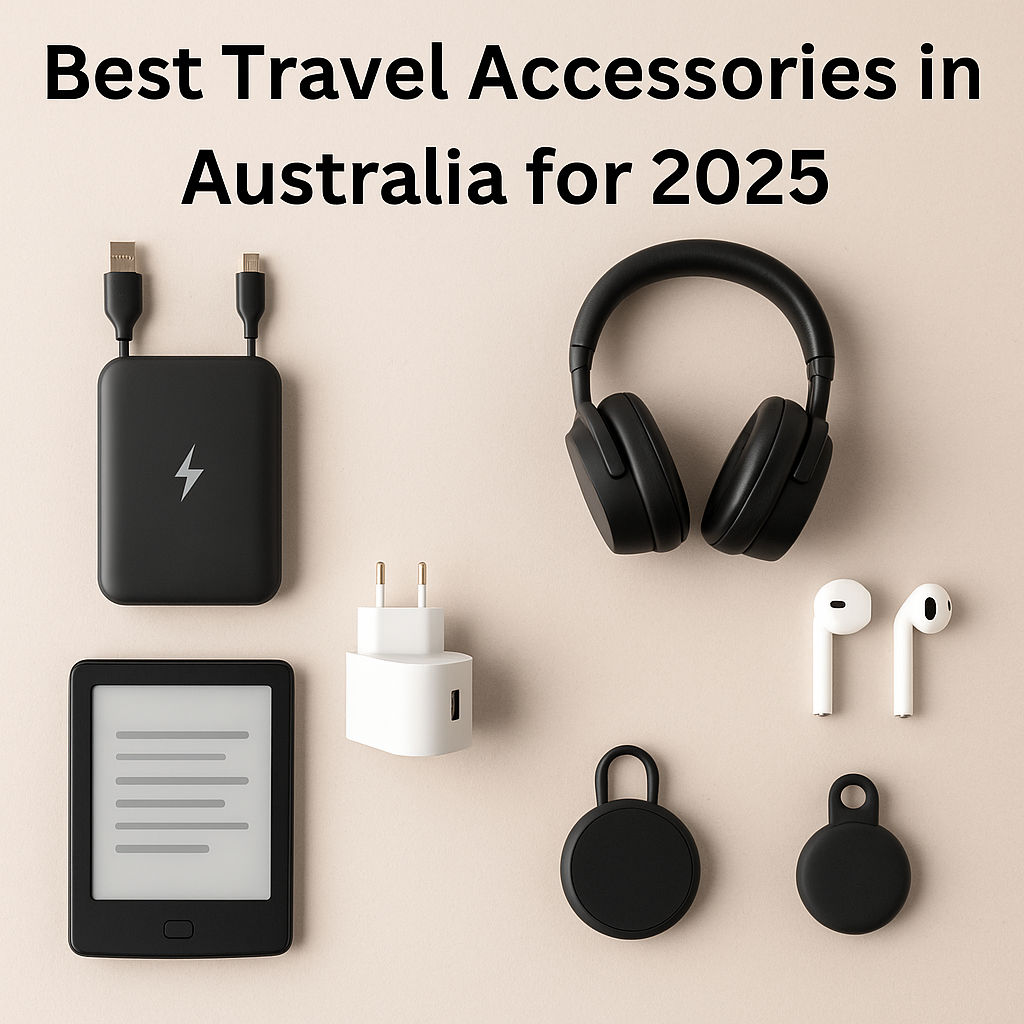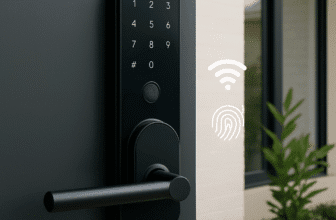Smart Home Products Australia 2025: The Complete Guide to Home Automation
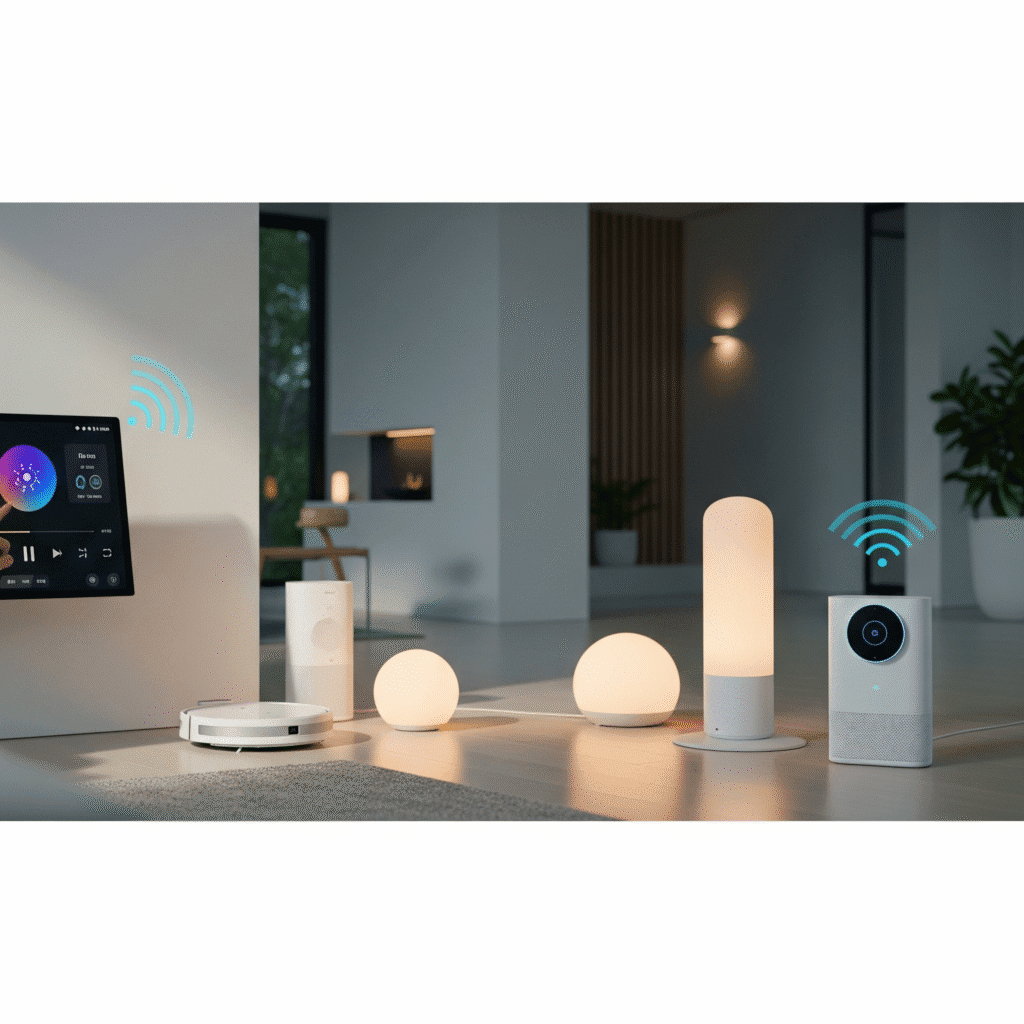
Australian homeowners are increasingly embracing the convenience and efficiency of smart home technology. With energy costs rising and environmental consciousness growing, the smart home products Australia residents are investing in range from intelligent lighting systems to comprehensive home automation solutions. Whether you’re looking to reduce electricity bills, enhance security, or simply enjoy the convenience of controlling your home with voice commands, 2025 offers an impressive array of options tailored to Australian conditions and preferences.
The smart home market in Australia has matured significantly, with local retailers like Bunnings Warehouse and JB Hi-Fi now stocking comprehensive ranges of connected devices. From Melbourne apartments to Brisbane family homes, Australians are discovering how home automation can improve their daily routines while reducing energy consumption during peak tariff periods.
Features
| Operation mode | Automatically,Off |
| Current rating | 10 Amps |
| Operating voltage | 240 Volts |
| Contact type | Normally Closed |
| Connector type | Plug In |
- Remote Control – Instantly turn connected devices on/off wherever you are through the Tapo app
- Schedule – Preset a schedule to automatically manage devices
- Timer - Create countdown timer lists for connected electronics
- Voice Control – Manage your smart plug with voice commands via Amazon Alexa or the Google Assistant
- TP-Link - World's No. 1 Provider of WLAN Products within last 13 years; Leading support - Industry leading 2-year warranty and 24/7 technical support
Table of Contents
Essential Smart Home Appliances for Australian Homes
Smart Lighting System for Home
A smart lighting system for home use represents one of the most accessible entry points into home automation. Modern smart bulbs and switches allow you to customise lighting schedules, adjust brightness levels, and even change colours to suit different moods or activities. Popular brands available in Australia include Philips Hue, LIFX (an Australian company), and TP-Link Kasa.
Key benefits of smart lighting include:
- Automated scheduling to align with sunrise/sunset times
- Energy savings through dimming and scheduling features
- Integration with voice assistants like Amazon Alexa and Google Assistant
- Enhanced security through automated lighting patterns when away






Smart Climate Control
Australian homes face unique climate challenges, from scorching summers to chilly winters. Smart thermostats and air conditioning controllers help manage energy consumption while maintaining comfort. Brands like Nest, Ecobee, and Australian-designed solutions offer precise temperature control and learning algorithms that adapt to your routine.






Smart Security Systems
Home security remains a top priority for Australian families. Smart security cameras, doorbell cameras, and alarm systems provide peace of mind with features like:
- Real-time notifications to smartphones
- Cloud storage for recorded footage
- Integration with existing home automation systems
- Professional monitoring services available through local security companies






Smart Home Products Australia: Top Categories to Consider
Kitchen and Laundry Appliances
Smart home appliances extend beyond entertainment and security into essential household functions. Smart refrigerators can track expiry dates and create shopping lists, while intelligent washing machines optimise water and energy usage based on load size and fabric types. Australian appliance manufacturers like Fisher & Paykel offer smart features integrated into locally designed products.


Entertainment and Audio Systems
Smart speakers and streaming devices have become central hubs for many Australian homes. Products like Google Nest speakers, Amazon Echo devices, and Apple HomePods not only provide entertainment but also serve as control centres for other connected devices throughout your home.
Affiliate Disclosure: This article contains affiliate links. We may earn a commission from purchases made through these links at no additional cost to you.





Buying Guide: Choosing Smart Home Products in Australia
Budget Considerations
Smart home technology spans all price ranges, from budget-friendly smart plugs starting around $15 AUD to comprehensive whole-home automation systems exceeding $10,000 AUD. Consider starting with essential items like smart lighting and gradually expanding your system.
Compatibility and Ecosystems
Ensure devices work together by choosing products that support common standards like Matter, Thread, or established ecosystems such as Apple HomeKit, Google Home, or Amazon Alexa. This helps prevent compatibility issues as you expand your smart home setup.
Australian-Specific Considerations
- Choose devices rated for Australian electrical standards (240V, Type I plugs)
- Consider NBN compatibility for devices requiring high-speed internet
- Look for products with local warranty support and customer service
- Factor in extreme weather conditions for outdoor devices
The Choice.com.au website provides excellent independent reviews of smart home products tested specifically for Australian conditions.
Pros and Cons of Home Automation
Advantages
- Energy Efficiency: Smart devices can reduce electricity bills by 10–15% through optimised usage.
- Convenience: Voice control and smartphone apps simplify daily routines.
- Security Enhancement: Remote monitoring and automated responses improve home security.
- Property Value: Modern smart home features can increase property value.
- Customisation: Personalise your home environment to match your preferences and schedule.
Disadvantages
- Initial Cost: Quality smart home products require significant upfront investment.
- Technical Complexity: Some systems require technical knowledge for setup and maintenance.
- Privacy Concerns: Connected devices collect data that may raise privacy concerns.
- Reliability Dependence: System functionality relies on stable internet and power connections.
- Obsolescence Risk: Rapidly evolving technology may render devices outdated quickly.
Getting Started with Home Automation
Begin your smart home journey by identifying your primary needs and budget. Most experts recommend starting with smart lighting systems, as they offer immediate benefits and integrate well with other devices. Consider purchasing a smart hub or choosing devices that work with your preferred voice assistant ecosystem.
For comprehensive product comparisons and pricing information, visit CompareMates’ smart home category to find the best deals from Australian retailers.
Frequently Asked Questions
Is home automation worth it in Australia?
Yes, home automation can provide significant value through energy savings, convenience, and security benefits. With Australian electricity prices among the highest globally, smart devices that optimise energy usage often pay for themselves within 2–3 years.
What’s the best smart home ecosystem for Australian users?
Google Home and Amazon Alexa offer the broadest device compatibility in Australia, while Apple HomeKit provides superior privacy features. Choose based on your existing technology preferences and privacy requirements.
How much does a basic smart home setup cost in Australia?
A starter smart home system including smart lighting, a voice assistant, and basic security features typically costs between $300–800 AUD. Comprehensive whole-home automation systems range from $2,000–15,000 AUD depending on home size and features.
Conclusion
The smart home products Australia offers in 2025 provide unprecedented opportunities to enhance comfort, security, and efficiency in your living space. From simple smart lighting systems to comprehensive home automation solutions, the technology has matured to offer reliable, user-friendly options for every budget and technical skill level.
The key to successful smart home adoption lies in starting small, choosing compatible devices, and gradually expanding your system based on your experience and evolving needs. With proper planning and quality products from reputable Australian retailers, your smart home investment will provide years of convenience and savings while future-proofing your property for the connected world ahead.





